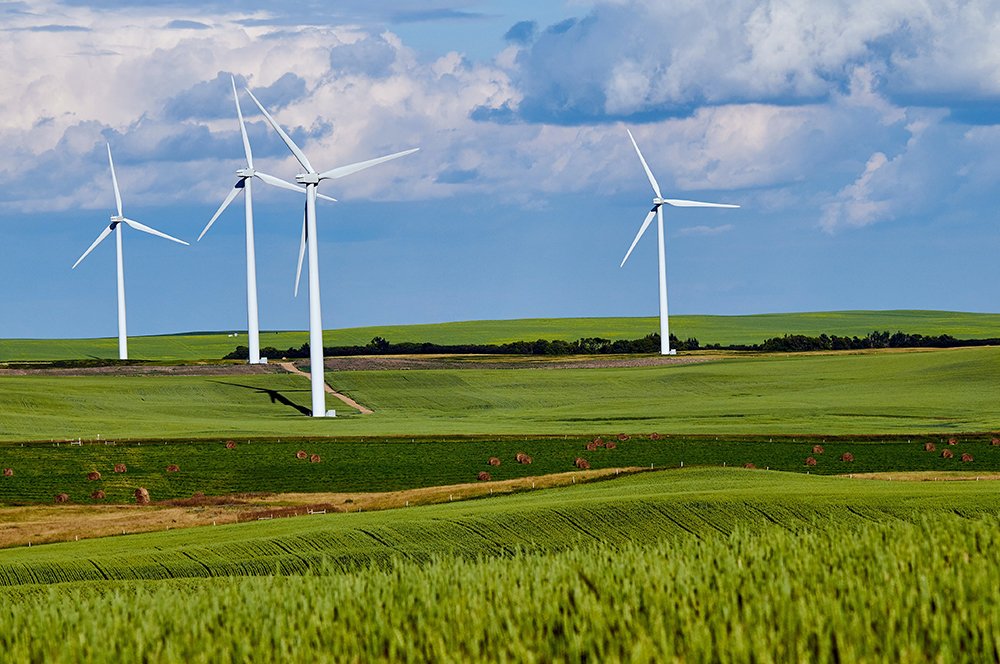Introduction
Прогресс в борьбе с изменением климата: Climate change is more than just a buzzword—it’s an urgent issue impacting our planet’s health and future. Defined as significant changes in global temperatures and weather patterns over time, climate change is largely driven by human activities like burning fossil fuels and deforestation. Addressing this challenge is crucial to ensuring a sustainable and livable environment for future generations. But what progress have we made in the fight against climate change? Let’s dive in and explore the strides we’ve taken.
Historical Perspective
Прогресс в борьбе с изменением климата: The journey to understanding climate change began centuries ago, with early scientists like Svante Arrhenius theorizing about the greenhouse effect. Fast forward to the 20th century, and we see pivotal moments such as the establishment of the Intergovernmental Panel on Climate Change (IPCC) in 1988, which played a significant role in consolidating scientific research and guiding policy decisions.
International Agreements
Kyoto Protocol
Прогресс в борьбе с изменением климата: Adopted in 1997, the Kyoto Protocol was one of the first international agreements aimed at reducing greenhouse gas emissions. It set binding targets for developed countries and paved the way for more comprehensive treaties.
Paris Agreement
The 2015 Paris Agreement marked a significant milestone. Unlike the Kyoto Protocol, it involved commitments from both developed and developing nations to limit global warming to well below 2°C, with efforts to limit it to 1.5°C.
Other Significant Treaties
Прогресс в борьбе с изменением климата: In addition to these, there are numerous other agreements like the Montreal Protocol (focused on protecting the ozone layer) and various regional pacts that contribute to the global climate effort.
Technological Advancements
Renewable Energy Sources
Renewable energy has seen remarkable advancements. Solar and wind power, for instance, have become significantly cheaper and more efficient, leading to widespread adoption.
Carbon Capture and Storage
Прогресс в борьбе с изменением климата: This technology captures carbon dioxide emissions from sources like power plants and stores it underground, preventing it from entering the atmosphere.
Advancements in Electric Vehicles
The rise of electric vehicles (EVs) is another promising development. Companies like Tesla have revolutionized the market, making EVs more accessible and practical for everyday use.
Government Initiatives
National Policies and Regulations
Прогресс в борьбе с изменением климата: Countries worldwide have implemented policies to reduce carbon emissions. For example, the European Union’s Green Deal aims to make Europe the first climate-neutral continent by 2050.

Local Government Actions
Local governments play a crucial role too. Cities like Copenhagen and San Francisco have ambitious climate action plans focusing on renewable energy, sustainable transportation, and green building standards.
Public-Private Partnerships
Collaborations between governments and businesses are driving innovation. Public-private partnerships often fund large-scale renewable energy projects and infrastructure improvements.
Corporate Responsibility
Green Business Practices
Прогресс в борьбе с изменением климата: Businesses are increasingly adopting green practices. Companies are investing in renewable energy, reducing waste, and improving energy efficiency in their operations.
Corporate Sustainability Reports
Many corporations now publish annual sustainability reports, detailing their environmental impact and efforts to reduce their carbon footprint.
Innovations in Eco-Friendly Technologies
Corporate investments in eco-friendly technologies, from biodegradable packaging to energy-efficient manufacturing processes, are contributing to the fight against climate change.
Community Engagement
Grassroots Movements
Прогресс в борьбе с изменением климата: Grassroots movements are powerful forces for change. Organizations like Fridays for Future, founded by Greta Thunberg, have mobilized millions to demand action on climate change.
Education and Awareness Programs
Education plays a vital role in fostering a climate-conscious society. Programs aimed at raising awareness and educating people about climate change are essential for long-term progress.
Role of Non-Profit Organizations
Прогресс в борьбе с изменением климата: Non-profits like Greenpeace and the World Wildlife Fund (WWF) are crucial in advocating for policy changes, conducting research, and educating the public.
Impact of Renewable Energy
Solar Power
Solar power has become a leading renewable energy source. Advances in photovoltaic technology have made solar panels more efficient and affordable.
Wind Energy
Прогресс в борьбе с изменением климата: Wind energy is another critical player. Offshore and onshore wind farms are increasingly contributing to the global energy mix.
Hydroelectricity
Hydroelectric power, generated from flowing water, is one of the oldest and most reliable forms of renewable energy.
Biomass Energy
Biomass energy, derived from organic materials, provides a renewable alternative to fossil fuels, especially in rural areas.
Energy Efficiency Measures
Smart Grids
Прогресс в борьбе с изменением климата: Smart grids use digital technology to manage electricity demand efficiently, reducing energy waste and improving reliability.
Energy-Efficient Buildings
Green buildings use design, construction, and operational practices that significantly reduce or eliminate negative impacts on the environment.
Advances in Home Appliances
Energy-efficient appliances, from refrigerators to washing machines, use less energy and reduce household carbon footprints.
Sustainable Agriculture
Organic Farming
Прогресс в борьбе с изменением климата: Organic farming avoids synthetic chemicals, promoting healthier soils and ecosystems.
Precision Agriculture
Precision agriculture uses technology to monitor and optimize agricultural practices, reducing waste and increasing efficiency.
Reducing Food Waste
Efforts to reduce food waste, such as better storage solutions and food redistribution programs, play a crucial role in sustainability.
Climate Change Mitigation Strategies
Reforestation and Afforestation
Прогресс в борьбе с изменением климата: Planting trees (reforestation) and creating new forests (afforestation) are effective ways to absorb CO2 from the atmosphere.
Sustainable Urban Planning
Cities are adopting sustainable urban planning practices, such as green roofs and public transportation systems, to reduce their environmental impact.
Climate-Resilient Infrastructure
Building infrastructure that can withstand extreme weather events helps communities adapt to the changing climate.
Adaptation Strategies
Disaster Risk Reduction
Measures to reduce the risk of climate-related disasters include building flood defenses and improving early warning systems.
Community-Based Adaptation
Empowering communities to develop their own adaptation strategies ensures solutions are tailored to local needs.
Insurance and Financial Mechanisms
Insurance can provide financial protection against climate-related losses, encouraging investments in resilience.
Public Awareness and Education
Climate Literacy Programs
Programs aimed at improving climate literacy help people understand the science and impacts of climate change.
Role of Media and Influencers
Media and influencers play a significant role in shaping public opinion and raising awareness about climate issues.
Educational Curricula
Integrating climate change education into school curricula prepares future generations to tackle this global challenge.
Challenges and Obstacles
Political and Economic Barriers
Political resistance and economic interests often hinder climate action. Lobbying by fossil fuel industries is a significant obstacle.
Technological Limitations
While technology has advanced, there are still limitations to overcome, such as energy storage and scalability of renewable technologies.
Social and Cultural Resistance
Changing deeply ingrained habits and lifestyles is challenging. Public acceptance and behavior change are crucial for success.
Future Outlook
Emerging Trends in Climate Action
Emerging trends include the increasing use of artificial intelligence in climate modeling and the growth of the circular economy.
Predictions for Future Climate Policies
Future policies are likely to be more aggressive, focusing on stricter emission targets and innovative solutions like geoengineering.
The Role of Youth and Future Generations
Youth activism continues to rise, with young people pushing for stronger climate policies and sustainable practices.
Conclusion
The fight against climate change is far from over, but significant progress has been made. From international agreements and technological advancements to grassroots movements and corporate responsibility, every effort counts. It’s a collective endeavor requiring continuous effort and innovation. Let’s keep pushing forward, for the sake of our planet and future generations.
FAQs
What are the main causes of climate change?
The primary causes of climate change are human activities such as burning fossil fuels (coal, oil, and gas), deforestation, and industrial processes that release greenhouse gases into the atmosphere.
How can individuals contribute to combating climate change?
Individuals can help by reducing energy consumption, using public transportation, recycling, supporting renewable energy, and advocating for stronger climate policies.
What is the significance of the Paris Agreement?
The Paris Agreement is significant because it represents a global commitment to limit temperature rise and reduce greenhouse gas emissions, involving both developed and developing countries.
What are some examples of successful climate initiatives?
Examples include the European Union’s Green Deal, California’s cap-and-trade program, and community solar projects that provide renewable energy access to local residents.
How does climate change impact everyday life?
Climate change affects daily life through extreme weather events, rising sea levels, health risks due to poor air quality, and disruptions to food and water supply.




